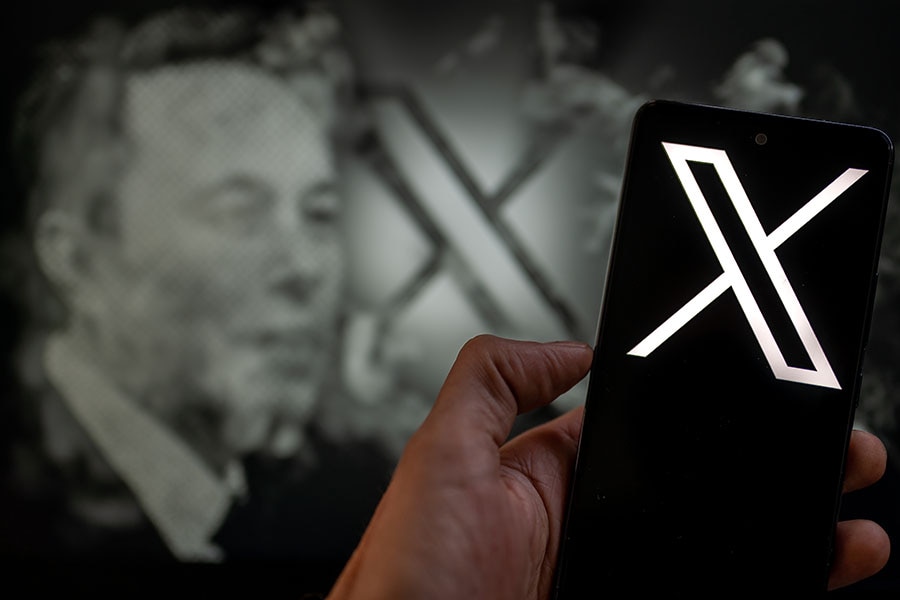
Twitter ad revenue sharing: An effort to gain new users and increase engagement
From rebranding to X, removing the legacy blue checkmarks, and now payouts to content creators, a lot has happened at Twitter in the last 10 months
 Twitter's ad-portal traffic dropped by 10.6 percent in July from the year before; Image: Jonathan Raa/NurPhoto via Getty Images
Twitter's ad-portal traffic dropped by 10.6 percent in July from the year before; Image: Jonathan Raa/NurPhoto via Getty Images
Eight weeks after taking on the role of chief executive at X (formerly known as Twitter), Linda Yaccarino hosted her first Spaces on August 10. Minutes before she was about to give an interview to CNBC, which was also live streamed on Spaces, Yaccarino addressed the audience and spoke about the necessity and importance of free expression for everyone and how X is committed to that and the safety of the platform. “The realness of X is what makes it a habit,” she said.
With the aim of protecting free speech and removing spam bots from the platform, the world’s richest man acquired Twitter for $44 billion in October 2022. Since then, Elon Musk has introduced a barrage of changes in the last 10 months. From launching a Twitter Blue subscription, laying off over 6,000 employees, removing the legacy blue checkmarks for non-subscribers of Twitter Blue, limiting the number of tweets users can read in a day, rebranding to X, and recently opening up its ad revenue sharing program globally, Musk has stirred up the microblogging platform. During her conversation on Spaces, Yaccarino also revealed plans to come up with a video calling option soon.
Twitter's ad-portal traffic dropped by 10.6 percent in July from the year before, according to data from Similarweb, which analyses advertising portals. Global traffic on the platform has also declined since January, falling 5.8 percent as of June. The engagement rate on the app also fell during that same period, from approximately 88 million users to 83 million. Twitter has also lost nearly half of its advertising revenue since it was bought by Musk, according to the BBC.
On August 10, during the interview, Yaccarino claimed that advertisers have been returning to the platform, including Coca-Cola, Visa, and State Farm. She also said that X is seeing its operational run rate near break-even levels and that the company is also hiring now.
With many content creators receiving their payouts, Twitter’s ad revenue sharing model sounds promising for now. In mid-July, the company announced that limited content creators on the platform would be eligible to get a part of the advertising revenue the company earns. The content creators will get a share of revenue from ads displayed in their replies. The eligible creators should be verified users with at least five million impressions on their posts in each of the last three months and have a Stripe payment account linked to Twitter.








